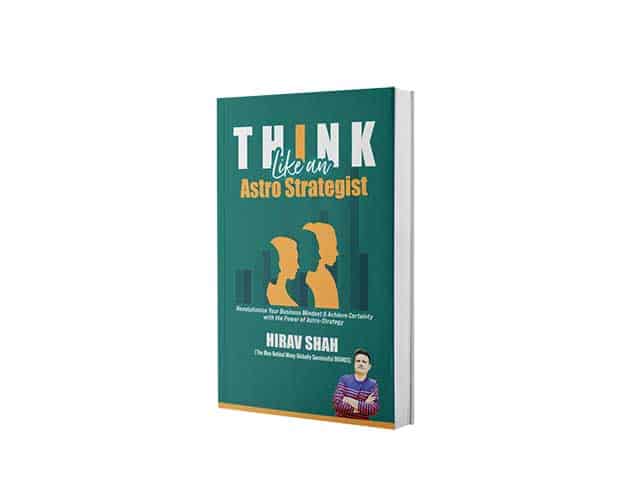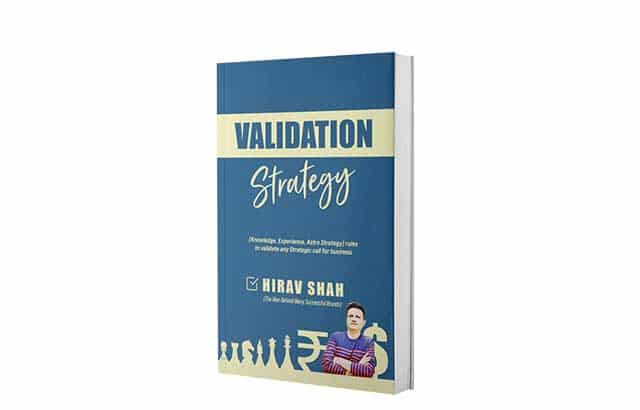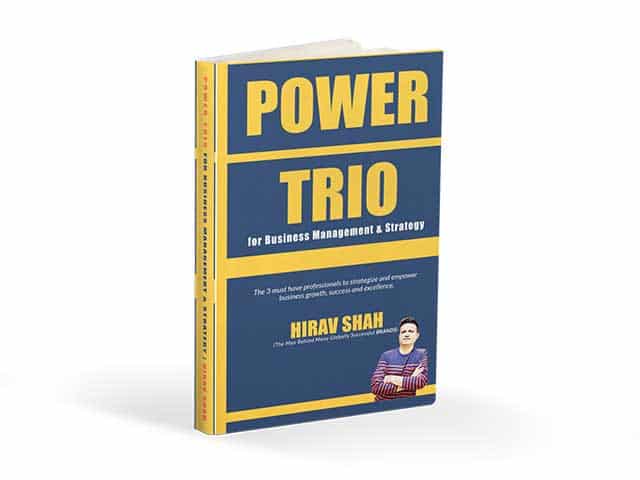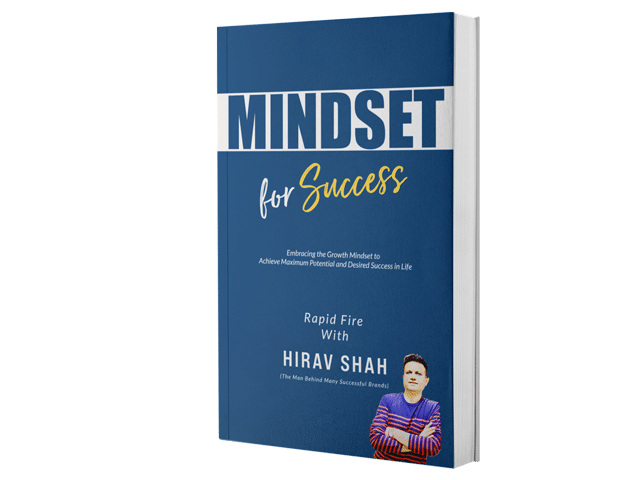In today’s fast-paced work environment, the pressures and demands can often feel overwhelming. Consequently, the constant juggling of tasks, deadlines, and expectations can lead to increased stress and decreased focus, negatively affecting both individual well-being and overall productivity. Amid this chaotic backdrop, mindfulness emerges as a powerful tool that helps employees navigate their work lives more effectively.
Mindfulness, defined as the practice of being fully present and engaged in the moment, allows individuals to step back from the noise of daily distractions. As a result, they can cultivate a deeper awareness of their thoughts and feelings. By fostering a mindful attitude, employees can enhance their concentration, reduce stress, improve their decision-making abilities, and create a more positive work environment.
Hirav Shah, a well-respected leader in the field of mindfulness and workplace wellness, emphasizes the importance of integrating mindfulness into the fabric of the workplace. According to him, mindfulness isn’t just a personal practice; rather, it has the potential to transform organizational culture, leading to higher employee satisfaction and greater overall productivity. Through practical techniques and strategies, individuals can learn how to incorporate mindfulness into their daily routines. Ultimately, this paves the way for a more balanced and fulfilling work experience.
To better understand the impact of mindfulness in the workplace and how to implement it effectively, let’s explore some frequently asked questions that can guide you on your journey to a more mindful work life.
Table of Contents
1. Start Your Day with Intention

The way you begin your day sets the tone for everything that follows. Therefore, starting with intention can help you approach your work with clarity and purpose.
- Morning Routine: First, take a few moments each morning to reflect on your goals for the day. Ask yourself what you want to achieve and how you want to feel. By doing this, you can stay focused and aligned with your priorities.
- Mindful Breathing: Before diving into work, practice mindful breathing. Close your eyes, take deep breaths, and concentrate on each inhale and exhale. This simple exercise can effectively ground you and prepare you for the day ahead.
2. Create a Mindful Workspace

Your physical environment plays a significant role in your mental state. Consequently, a mindful workspace can help reduce distractions and promote focus.
- Declutter: To start, keep your desk organized and free of unnecessary clutter. A tidy workspace can reduce stress and help you think more clearly.
- Mindful Decor: Additionally, add elements that inspire calmness, such as plants, soothing colors, or motivational quotes. These touches can create a peaceful atmosphere that encourages mindfulness.
3. Take Regular Breaks

Frequent breaks can enhance productivity and mental clarity. Therefore, use these moments to practice mindfulness.
- Scheduled Breaks: Set reminders to step away from your desk every hour. Use this time to stretch, walk, or simply breathe. Moving your body can refresh your mind.
- Mindful Moments: During breaks, practice mindfulness by focusing on your breath or observing your surroundings. Take in the sights, sounds, and smells around you to reconnect with the present moment.
4. Practice Mindful Listening

Effective communication is key to a harmonious workplace. Hence, practicing mindful listening can improve your interactions with colleagues.
- Active Listening: When conversing with others, focus entirely on their words. Avoid thinking about your response while they are speaking. This not only shows respect but also enhances understanding.
- Non-verbal Cues: Furthermore, pay attention to body language and tone, which can provide valuable context to the conversation. This practice fosters better connections and collaboration.
5. Incorporate Mindfulness Techniques

To cultivate a sense of calm and awareness, integrate mindfulness practices into your daily routine.
- Meditation: Spend a few minutes meditating during lunch breaks or whenever you have downtime. Apps like Headspace or Calm offer guided sessions that can easily fit into your schedule.
- Mindful Eating: During meals, focus on the taste, texture, and aroma of your food. Moreover, avoid distractions like screens to fully savor your meal and promote mindful eating habits.
6. Use Mindfulness Reminders

Sometimes, we need gentle nudges to stay present. Therefore, incorporate reminders into your environment to encourage mindfulness throughout the day.
- Sticky Notes: Place sticky notes around your workspace with simple messages like “Breathe” or “Be Present.” These reminders can help you pause and refocus when needed.
- Mindful Apps: Consider using mindfulness apps that send notifications or prompts to encourage you to check in with yourself regularly.
7. Engage in Mindful Communication
Fostering a culture of mindfulness at work begins with how you communicate with others.
- Pause Before Responding: Take a moment to breathe and collect your thoughts before replying to emails or participating in meetings. This practice encourages more thoughtful and deliberate communication.
- Express Gratitude: Additionally, acknowledge the efforts of your colleagues. Expressing gratitude fosters a positive work environment and strengthens relationships.
8. End Your Day Mindfully

Reflecting on your day can provide valuable insights and help you unwind.
- Reflect: Spend a few moments at the end of your day thinking about what went well and what you learned. This practice promotes a growth mindset and encourages self-awareness.
- Journaling: Write down your thoughts or feelings about the day to process your experiences. Journaling can help you release stress and gain clarity.
9. Join Mindfulness Workshops

Lastly, consider participating in workshops or training sessions focused on mindfulness and stress management. These sessions can help build a culture of mindfulness within your team and provide valuable techniques for managing workplace stress.
By integrating these practices into your daily routine, you can create a more mindful workplace, leading to enhanced focus, reduced stress, and greater overall well-being.
Mindfulness at Work -FAQs with Hirav Shah

What is mindfulness, and why is it important at work?
Answer: Mindfulness is the practice of being fully present and engaged in the moment. Consequently, it enhances focus, reduces stress, and improves overall workplace well-being. In a work setting, mindfulness fosters better decision-making, increases productivity, and promotes a positive work culture.
How can I incorporate mindfulness into my daily routine at work?
Answer: To begin, start your day with intention. Additionally, take regular mindful breaks, practice active listening during conversations, and create a mindful workspace by minimizing distractions and incorporating elements that promote calmness.
What are the benefits of practicing mindfulness at work?
Answer: The benefits include reduced stress levels, improved concentration, enhanced creativity, better communication and teamwork, and, ultimately, a more positive and resilient work environment.
Can mindfulness improve team collaboration?
Answer: Yes, mindfulness encourages active listening and open communication. As a result, this strengthens relationships and fosters a more supportive and collaborative team culture.
Are there specific mindfulness techniques suitable for the workplace?
Answer: Techniques like mindful breathing, meditation, body scans, and mindful eating can be easily practiced at work. Moreover, even simple activities like taking a few deep breaths before a meeting can significantly enhance mindfulness.
By incorporating mindfulness into your work routine, you can create a more harmonious and productive workplace where individuals are better equipped to manage stress and enhance their overall well-being.
Quotes by Hirav Shah

1. “Mindfulness is a way of befriending ourselves and our experience.” – Jon Kabat-Zinn
Explanations
Mindfulness helps create a compassionate relationship with ourselves, fostering self-awareness and emotional regulation.
Strategy
Encourage employees to practice self-compassion through mindfulness exercises.
Execution
Implement weekly mindfulness sessions to help employees build their mindfulness skills.
2. “The present moment is filled with joy and happiness. If you are attentive, you will see it.” – Thich Nhat Hanh
Explanations
Focusing on the present allows us to appreciate small joys, enhancing overall job satisfaction.
Strategy
Encourage employees to take mindful breaks to reconnect with their surroundings.
Execution
Create a designated quiet area for meditation or reflection in the office.
3. “The mind is everything. What you think, you become.” – Buddha
Explanations
Our thoughts shape our experiences, emphasizing the importance of maintaining a positive mindset at work.
Strategy
Promote a positive work culture through gratitude practices and affirmations.
Execution
Implement a weekly “gratitude shout-out” where employees can recognize each other’s contributions.
4. “You can’t stop the waves, but you can learn to surf.” – Jon Kabat-Zinn
Explanations
Mindfulness teaches us to navigate challenges rather than avoiding them, enhancing resilience in the workplace.
Strategy
Offer mindfulness training to help employees build coping skills for stress and uncertainty.
Execution
Provide resources for mindfulness apps or workshops focusing on stress management.
5. “Mindfulness isn’t difficult. What’s difficult is to remember to be mindful.” – Sharon Salzberg
Explanations
Integrating mindfulness into daily life requires consistent reminders and practices to foster awareness.
Strategy
Encourage the use of reminders and prompts to maintain mindfulness throughout the day.
Execution
Create a buddy system where employees remind each other to take mindful breaks and check in on their well-being.
Conclusion

Incorporating mindfulness into your work routine can lead to improved focus, reduced stress, and enhanced productivity. Start small, be patient with yourself, and gradually integrate these practices into your daily activities. By prioritizing mindfulness, you can create a more balanced and fulfilling work life.










